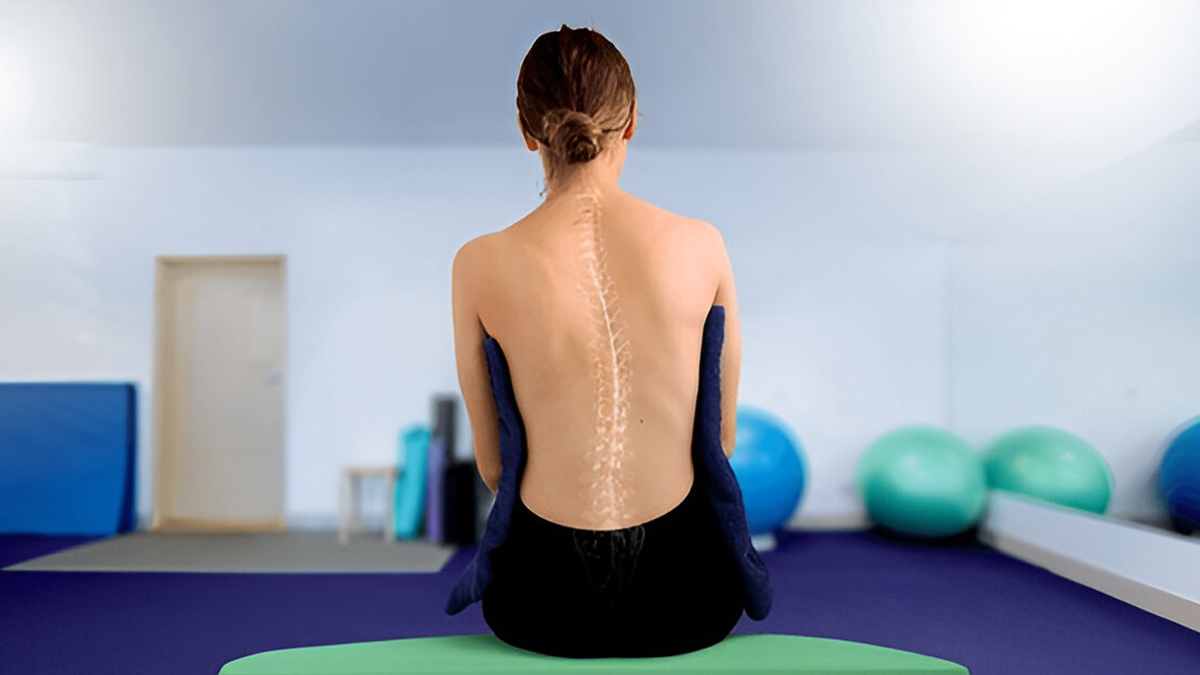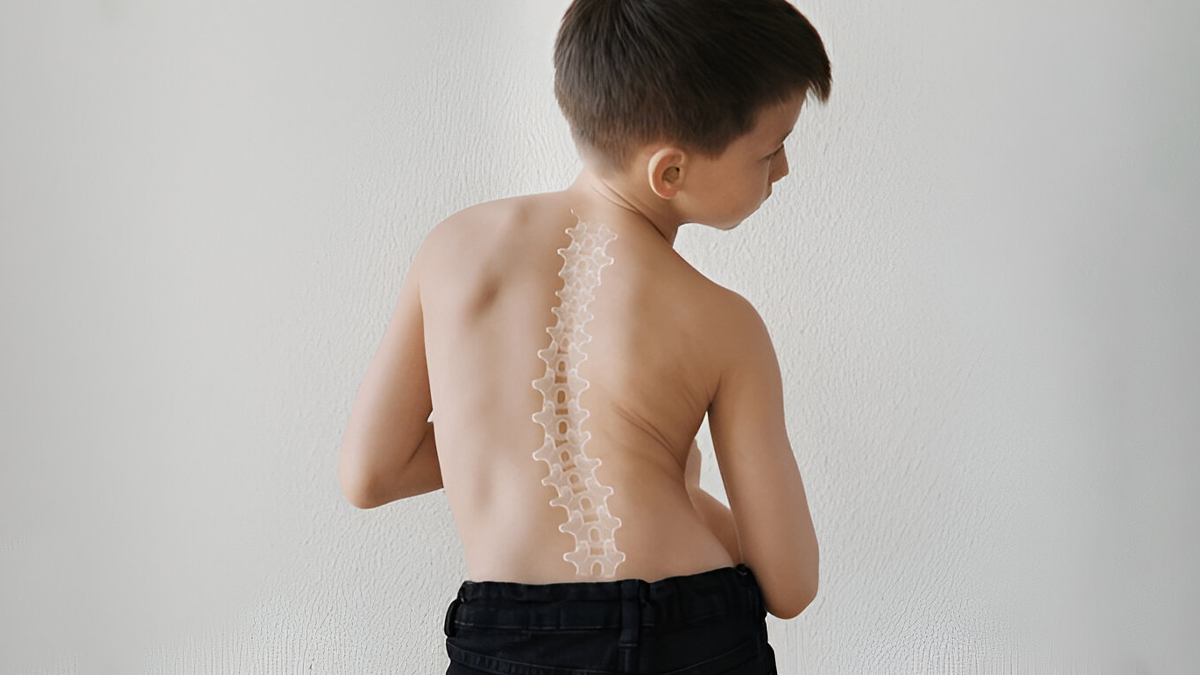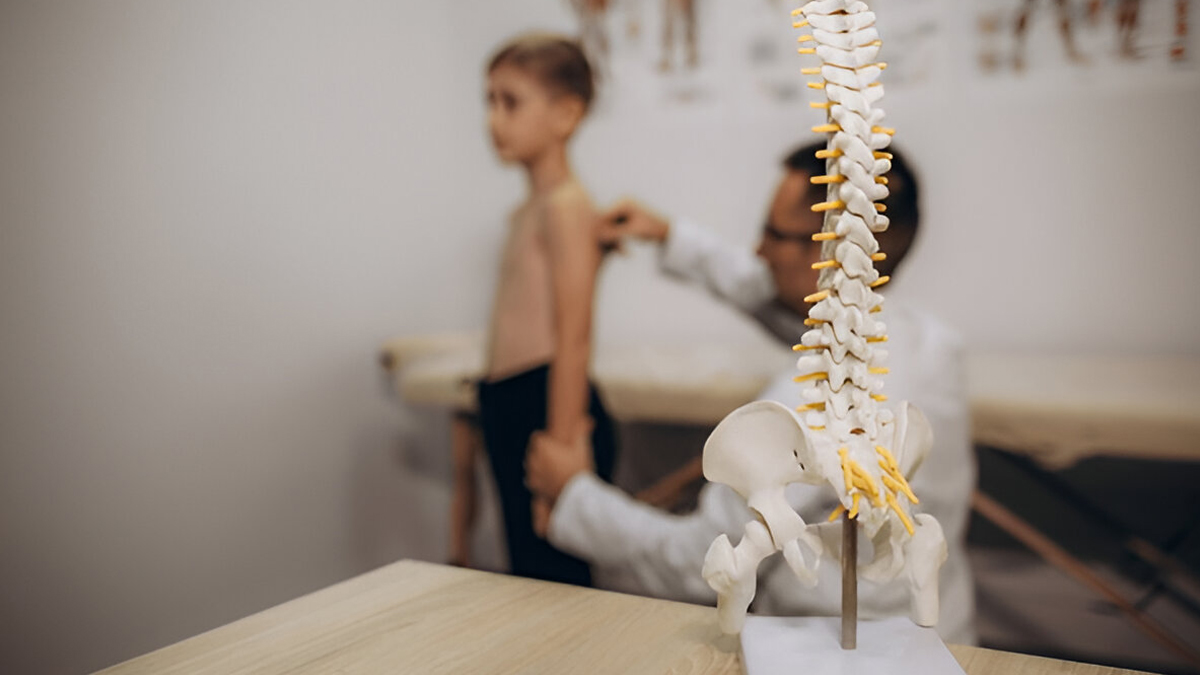
Back pain and posture issues are common problems reported in children. Most of them resolve on their own or with some support from parents and medical professionals. However, there are certain issues that need further testing, especially when it concerns children's spine health. Adam's Forward Bend Test is a simple yet effective tool primarily used to detect scoliosis, a condition where the spine curves sideways. But how exactly does the test work, and is it accurate? We asked an expert to shed some light on the same.
Table of Content:-
How Does Adam’s Forward Bend Test Work?

Dr Gaurav Prakash Bhardwaj, Director, Sports Injury, Joint Preservation and Replacement Surgery, PSRI Hospital, Delhi, shares, "The Adam’s Forward Bend Test is a simple physical examination used primarily to screen for scoliosis, a condition characterised by abnormal curvature of the spine."
"The test involves asking the child to stand straight with feet together, then slowly bend forward at the waist with arms hanging freely, as if touching their toes. The examiner, standing behind the child, observes the shape and alignment of the spine, shoulder blades, and ribs.
The key observation is whether one side of the rib cage or back appears more elevated or prominent than the other," he explains.
This asymmetry could be a sign of spinal rotation or curvature that warrants further evaluation. The test is non-invasive and quick, often taking less than a minute to perform.
What Is Adam’s Forward Bend Test Used For?

According to Dr Bhardwaj, the Adam’s Forward Bend Test is most effective for detecting scoliosis, especially the common adolescent idiopathic scoliosis, which typically emerges during growth spurts. “While the test does not provide a complete diagnosis, it can also help spot other spinal abnormalities such as kyphosis (excessive forward curvature of the upper back) or lordosis (excess inward curvature of the lower back), although scoliosis is the primary concern.”
“Any visible hump, rib prominence, or spinal asymmetry during the test suggests the need for further assessment, usually with spinal imaging,” he adds.
At What Age Should Children Be Screened For Scoliosis?
Dr Bhardwaj recommends the Adam’s Forward Bend test for children between the ages of 10 and 15 for possible scoliosis. This often corresponds with puberty and periods of rapid growth.
“Girls often develop earlier, so screening might begin around age 10, while boys may be screened a bit later, around age 12,” he shares.
He further adds that in many schools, routine scoliosis screening using the Adam’s Forward Bend Test is done during middle school years. However, if there’s a family history of scoliosis or visible posture concerns earlier, paediatricians may choose to screen sooner.
Also Read: Is Your Child’s Backpack Too Heavy? Risk Of Scoliosis, Signs And Solutions For Better Posture
Can Adam’s Forward Bend Test Be Performed At Home?

While the Adam’s Forward Bend Test is simple enough for parents to perform at home, interpretation of the findings should be done cautiously and by medical professionals.
“Parents can look for signs like uneven shoulders, a visible hump on one side of the back, or misaligned hips. However, subtle changes may be difficult to detect without clinical training,” says Dr Bhardwaj.
For accurate assessment and follow-up, it is recommended that the test be conducted by a healthcare professional, such as a paediatrician, school nurse, or orthopaedic specialist, especially if any abnormalities are observed.
Conclusion
The Adam’s Forward Bend Test is a simple and quick tool to detect spinal issues, particularly associated with scoliosis. However, while it is a useful tool, it isn't conclusive on its own. Therefore, doctors recommend opting for other screening methods like the Scoliometer or imaging techniques like X-rays. Speak to a doctor to understand the best diagnostic methods and treatment options.
How we keep this article up to date:
We work with experts and keep a close eye on the latest in health and wellness. Whenever there is a new research or helpful information, we update our articles with accurate and useful advice.
Current Version